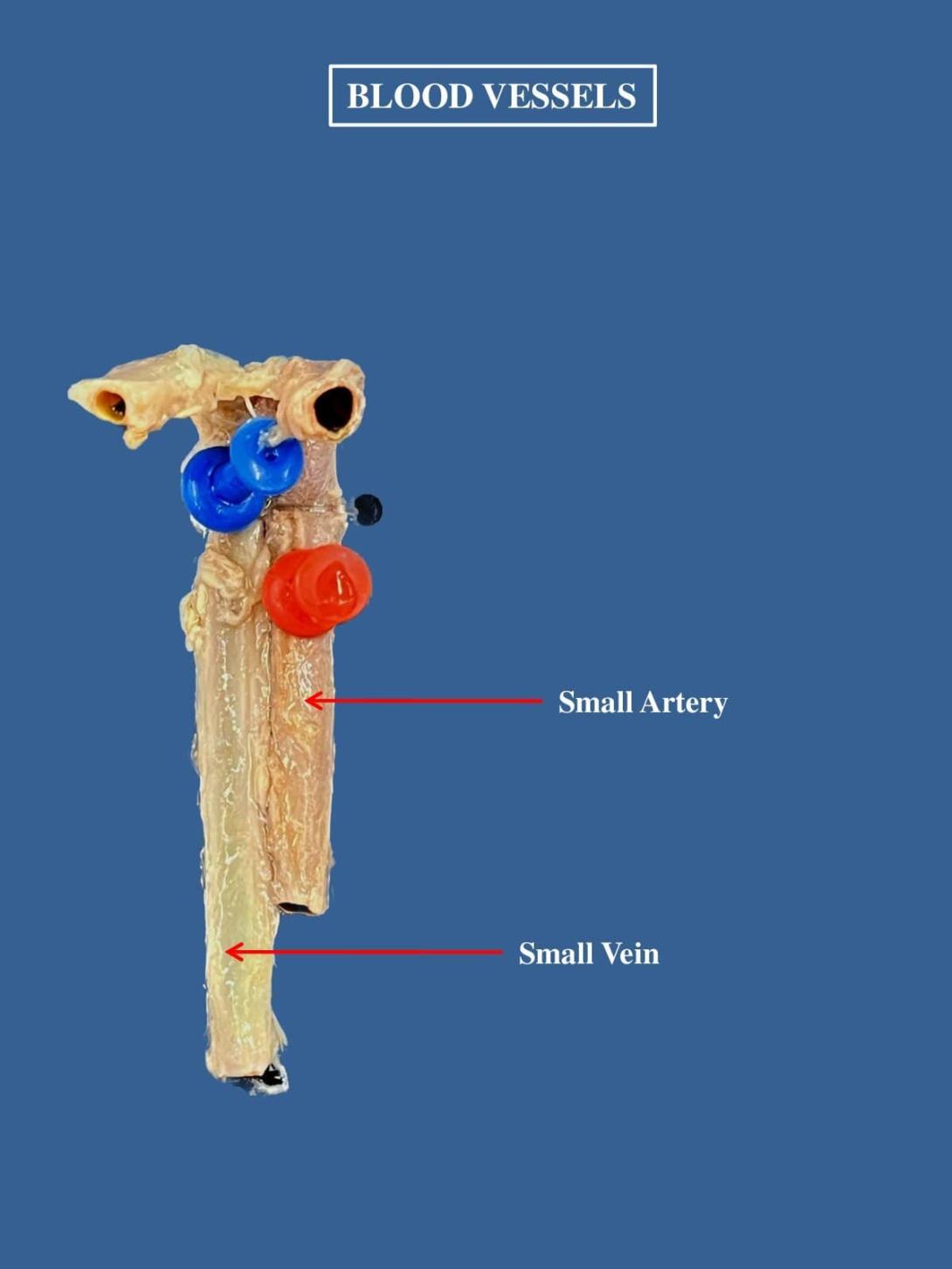What are blood vessels?
Blood vessels are channels that carry blood throughout your body. They form a closed loop, like a circuit, that begins and ends at your heart. Together, the heart vessels and blood vessels form your circulatory system. Your body contains about 60,000 miles of blood vessels.
There are three types of blood vessels:
- Arteries carry blood away from your heart.
- Veins carry blood back toward your heart.
- Capillaries, the smallest blood vessels, connect arteries and veins.
How does blood flow through your body?
Here’s how blood flows through your body:
- Veins bring blood to the right side of your heart.
- Pulmonary arteries carry the blood to your lungs, where it receives oxygen.
- Pulmonary veins move the blood oxygen-rich blood to the left side of your heart.
- The aorta (the main artery in your body) carries the blood from the left side of your heart to the rest of your body through many branches of arteries.
- Capillaries have thin walls that allow oxygen, nutrients, carbon dioxide and waste products to pass through, to and from the tissue cells.
- Veins then carry the blood back to your heart, and the process begins again.
Rack Number
Specimen Number
12

